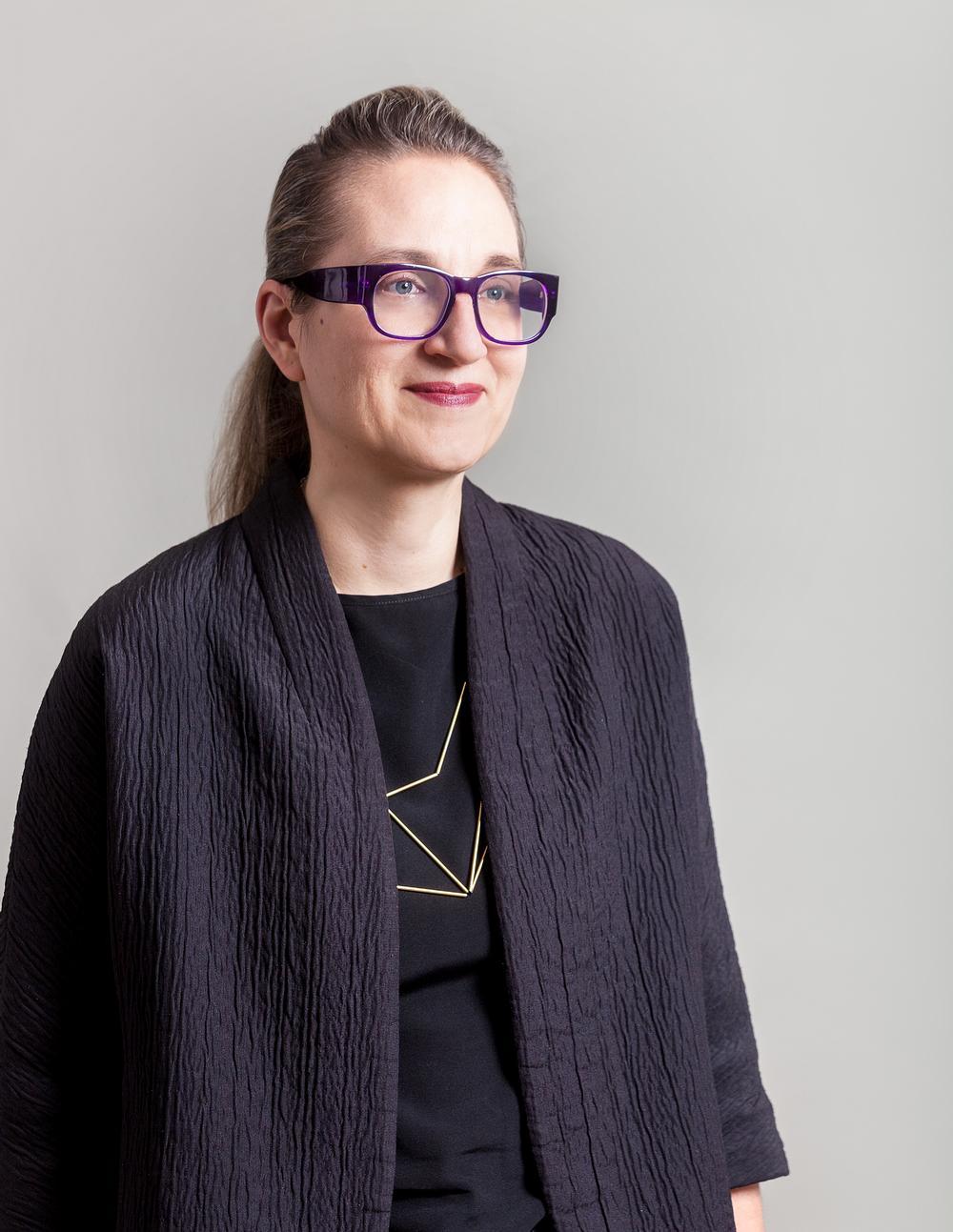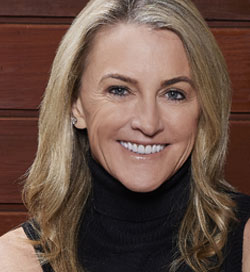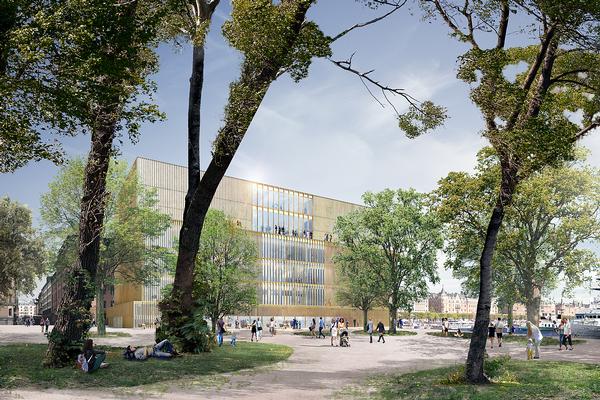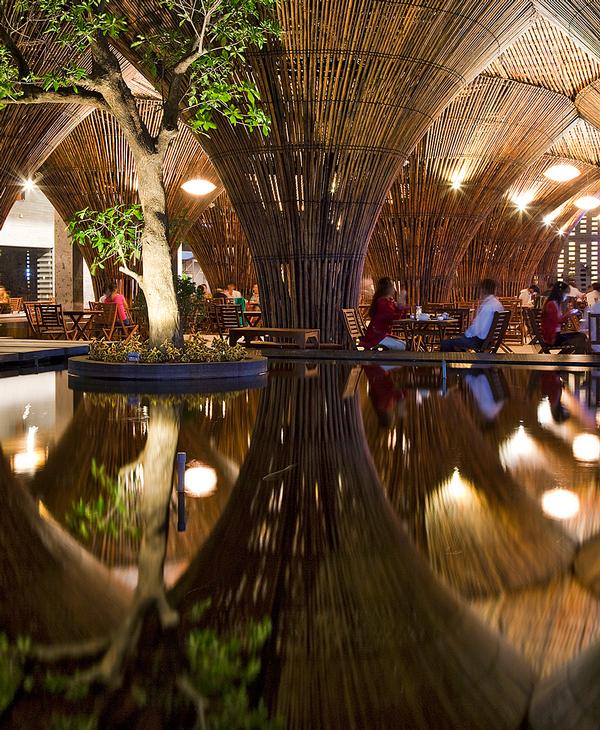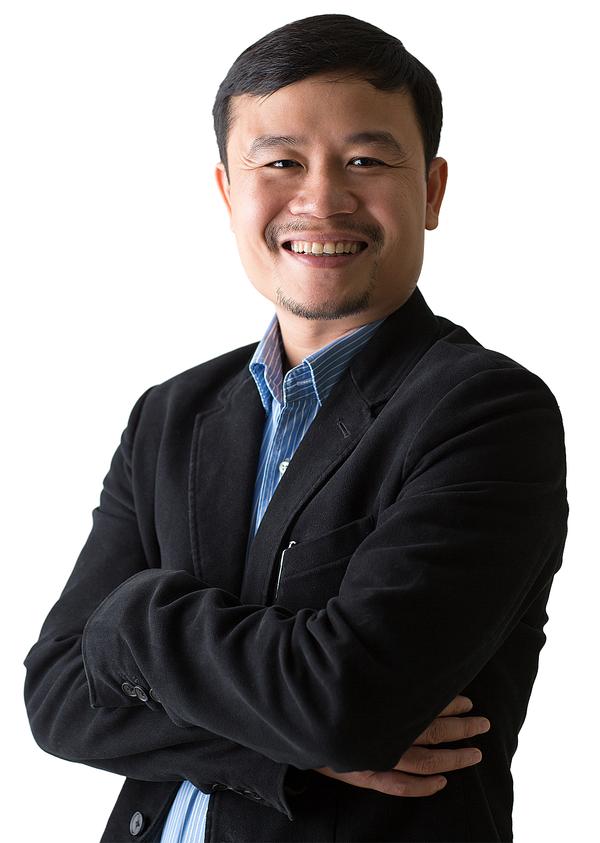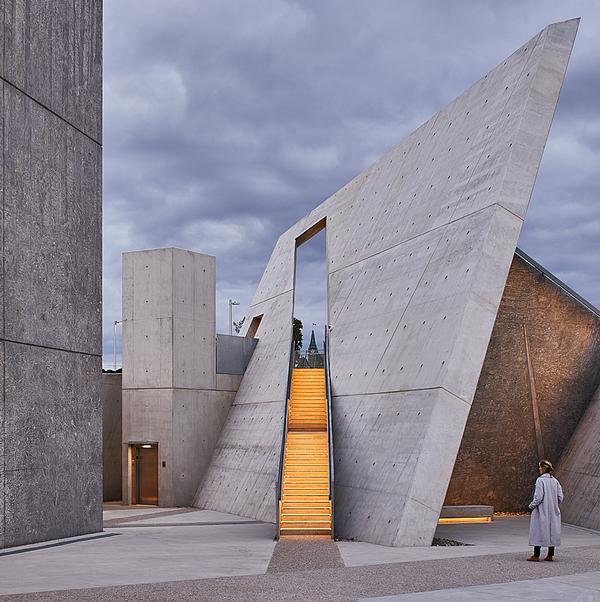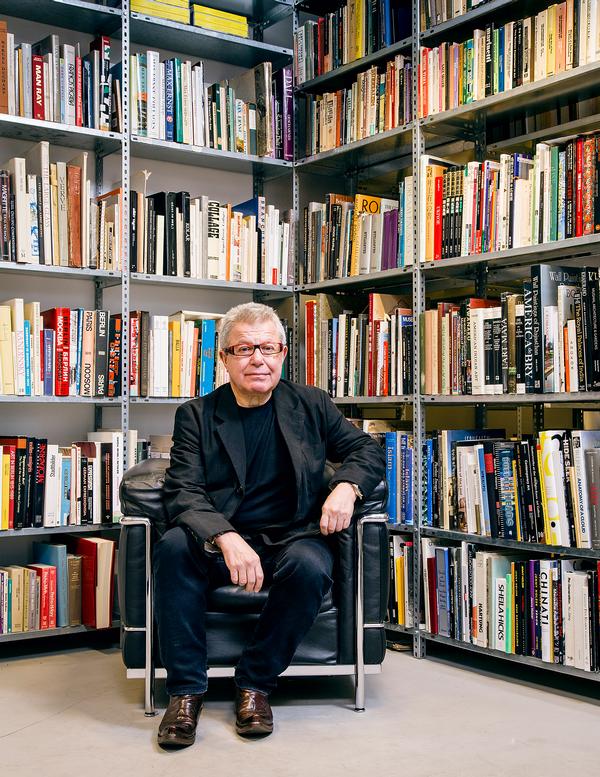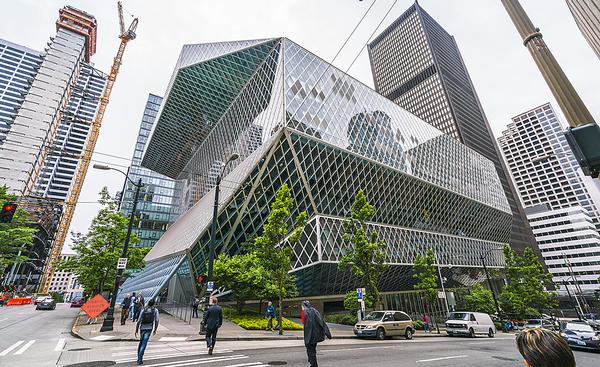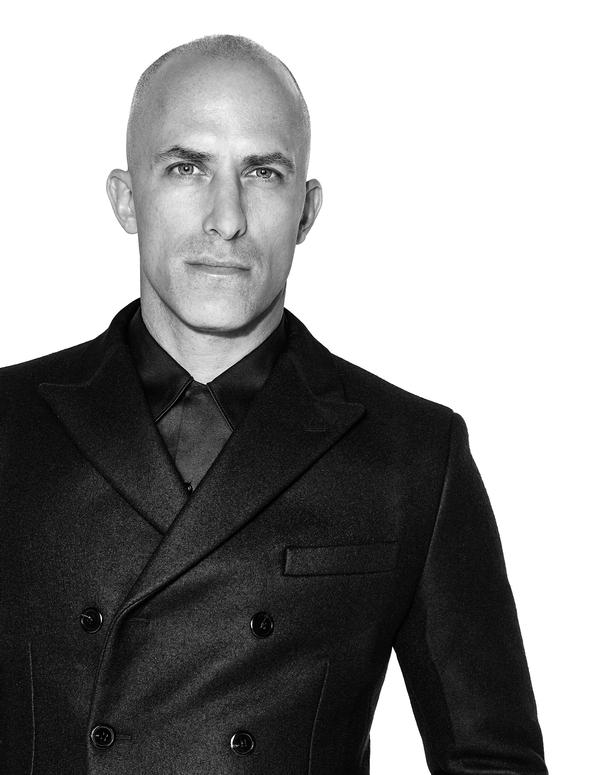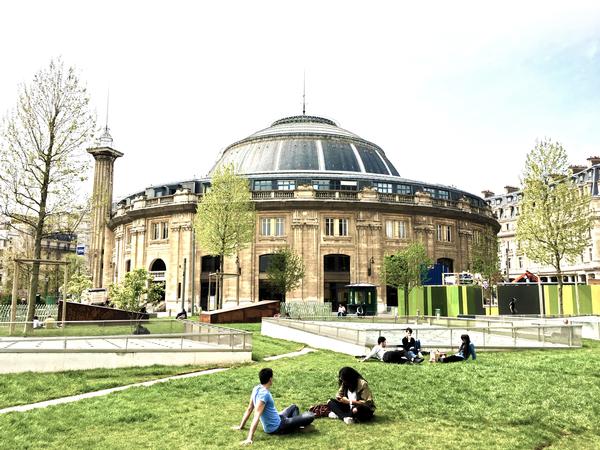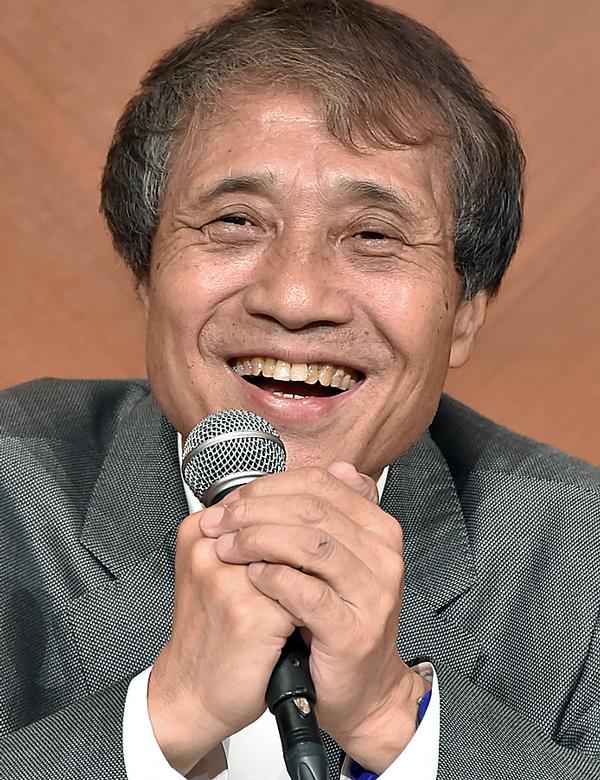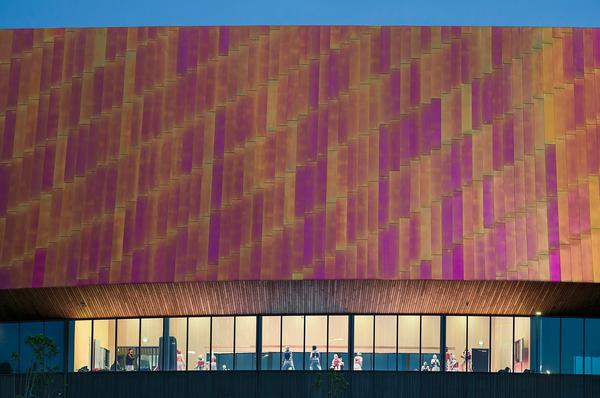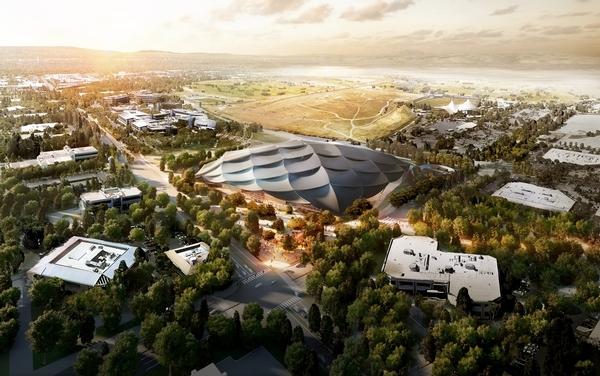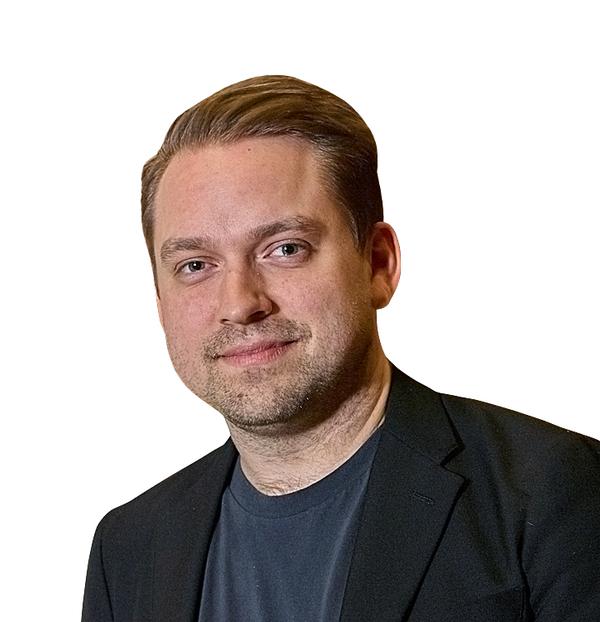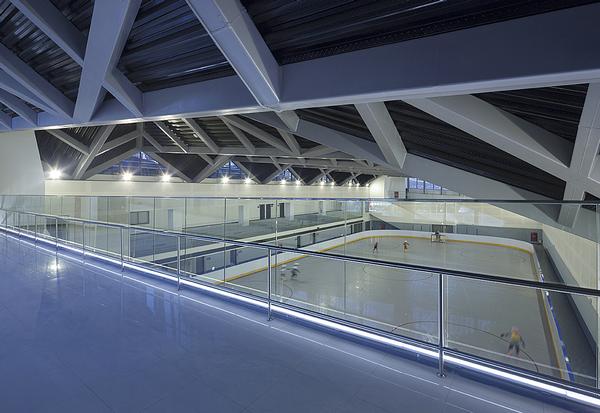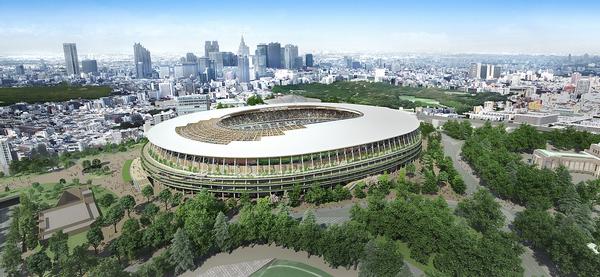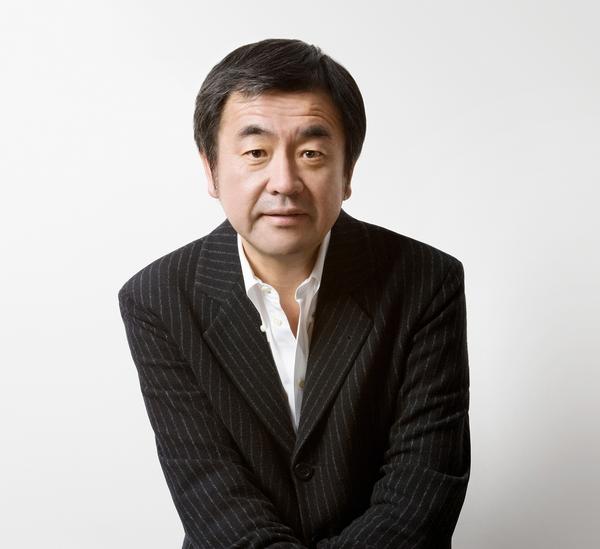Conran and Partners' Tina Norden on the blurring boundary between work and leisure buildings
Increasing crossovers between work and leisure are creating new challenges for hospitality designers, says Conran & Partners' Tina Norden, in an interview with CLAD.
"With the boundaries to the way people live becoming more and more blurred, we're starting to explore sectors we haven't worked in for some time," says Norden.
The full interview, in which Norden tells the story behind the award-winning German Gymnasium and talks through the practice's current projects, can be found below.
The new issue of CLADmag – our quarterly magazine – is available to read now online and on digital turning pages.
What is your main focus at the moment?
Conran & Partners were founded by Sir Terence Conran more than 30 years ago and his approach to creating aspirational but accessible design remains at the heart of what we do. However, the scale and focus of the practice has shifted considerably over the years with us now delivering high profile residential and hospitality-led projects across the world… particularly in the UK and Asia.
With the boundaries to the way people live becoming more and more blurred, we’re starting to explore sectors we haven’t worked in for some time. Office developers are interested in us as a lifestyle brand (their words), to make their commercial spaces more creative, loose fit and aligned to what we are doing across residential, hotels and restaurants.
What is your strategy for trying to establish your own voice?
The only thing we can do is be ourselves, meet people and engage with them. If there’s a spark between a potential client or an investor or operator and us, then that’s the right starting point. You have to meet up, face to face, and figure out whether you can work together or not. That’s ultimately what it comes down to.
How important is the compatibility between the designer or architect and client?
The name and reputation of the practice is always going to be important, and that brings people to our door, but after that, a lot of it’s about personality – about whether there’s a synergy between you and a potential client, and about whether that person gets you.
They don’t necessarily have to like you – it’s just whether they feel that you’ve got the right personality to understand what they’re trying to achieve and engage with it in an intellectual and creative manner. Professional clients aren’t scared of having someone who’ll challenge them – I think they want that nowadays.
How would you sum up Conran & Partners’ design philosophy?
We have a very conceptual and analytical approach to design. Our approach is very narrative driven. We start off doing a lot of analysis and then we develop a strong concept. That concept is something we keep coming back to as a design team, but also for the client, it’s a story they can buy into. As human beings, we all like stories that you get on an emotional and rational level – these can then be used as a basis for the design language.
The German Gymnasium in London was a major project for Conran & Partners. How did you approach the design?
We got involved with that project at a very early stage, when D&D London were first mooted by the developer Argent [D&D London acquired the site in January 2014 and now operates the 100,000sq ft restaurant].
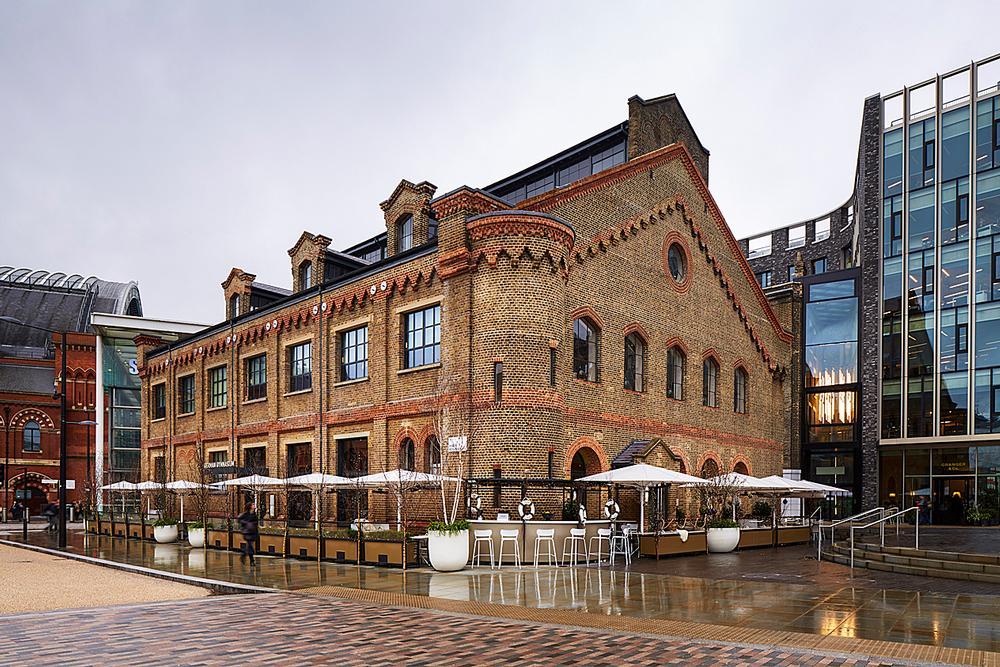
The German Gymnasium was originally built for the German Gymnastics Society and was England’s first purpose-built gymnasium when it opened in 1864. It was later used for a variety of purposes, including as offices, exhibition space and storage space, and wasn’t fit for purpose as a restaurant when we got involved. We worked very closely with the landlord and their architect, who did the base build, to turn it into something that could function as a restaurant unit.
That whole regeneration area behind Kings Cross and St Pancras stations in London is fascinating. The German Gymnasium building – because it was one of the few listed buildings on the site – was always meant to be like a little jewel. It’s always been precious to the client.
The building is such an amazing volume; it was really about bringing it to life. When it was converted into offices, the second floor was closed off. Working together with Allies and Morrison [who were appointed to restore and repair the space], we knew we had to open it back up again. When it was a gym, it had a viewing platform around the perimeter of the second floor – we brought that back so that you can look down onto the space from upstairs.
We also brought in some subtle references to the building’s sporting history. These include the paintings [Conran & Partners and D&D London worked with curators Dais Contemporary to commission artist Maria Savva to produce six artworks to illustrate German Gymnasium’s sporting past]. The balustrade around the upper floor is made from a mesh, which references fencing masks. And when you look at the marble floor from above, the inlays are inspired by the markings you get in sports halls.
We didn’t want in-your-face sporting references; just subtle things that allow you to tell a story.
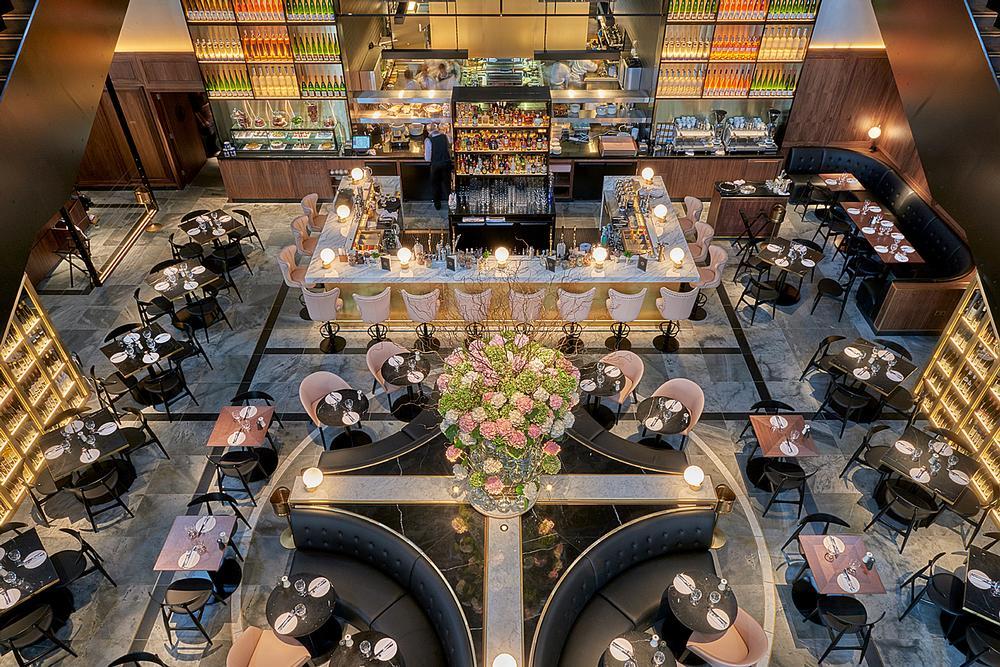
What were the biggest challenges of that project?
From an atmospheric point of view, it was making a very big volume feel intimate. One of the ways we did that was with the lighting, designed with Into – low level lighting is integrated in many of the furniture items, which means your eye is drawn down. So when you’re sitting down, you feel cosseted; you feel in a more private, intimate space.
Conran & Partners are responsible for the interiors at the Park Hyatt Jakarta, opening in 2017. What was the inspiration for the design?
With this project, we wanted to create a sophisticated but also quite domestic atmosphere; something that feels holistic and intimate at the same time. We were also influenced by the location and sense of place. Jakarta is a crazy, busy Asian metropolis, with skyscrapers, traffic and all of that, in contrast with the rest of Indonesia, which people tend to visit for its beautiful scenery. We wanted to bring Indonesia into the city.
We created the story of being in a rainforest with different layers, from the forest floor up to the leaves of the trees, so it’s darker and more intimate on the lower levels of the tower, and gradually gets brighter and more airy as you move up. We used a materials palette inspired by the natural resources of the country – lots of copper, because it’s harvested in Indonesia – and we brought local crafts into the scheme.
The hotel is housed in a new build tower, and it will include 227 rooms and suites, a luxury spa, a grand ballroom and several restaurants and bars.
You are also designing the interiors for the Park Hyatt Auckland. What can you say about that project?
It’s a bespoke building on the harbour front, in a regeneration area next to the city centre that’s quite gutsy and urban, but that’s also going to be a very high end residential part of the city. So that was the starting point.
The project was about picking up on that bold, urban environment and its site, right next to the harbour front, as well as the history of the Maori people and of the European and Chinese settlers. We wanted to try and unite all of those different cultural influences in New Zealand into the design as a whole. We did that via the artwork – we are working with local art consultants ArtForm, who are commissioning Maori artists to design modern tukutuku panels for the spaces. There’s a strong tradition of wood carving in both Maori and Chinese culture, so we’re going to get some Chinese and Maori carvers to work together to create some pieces for the hotel. We really like that cross-cultural influence.
The seven level hotel will have 190 rooms, three restaurants, a spa and fitness centre and is due to open in 2018.
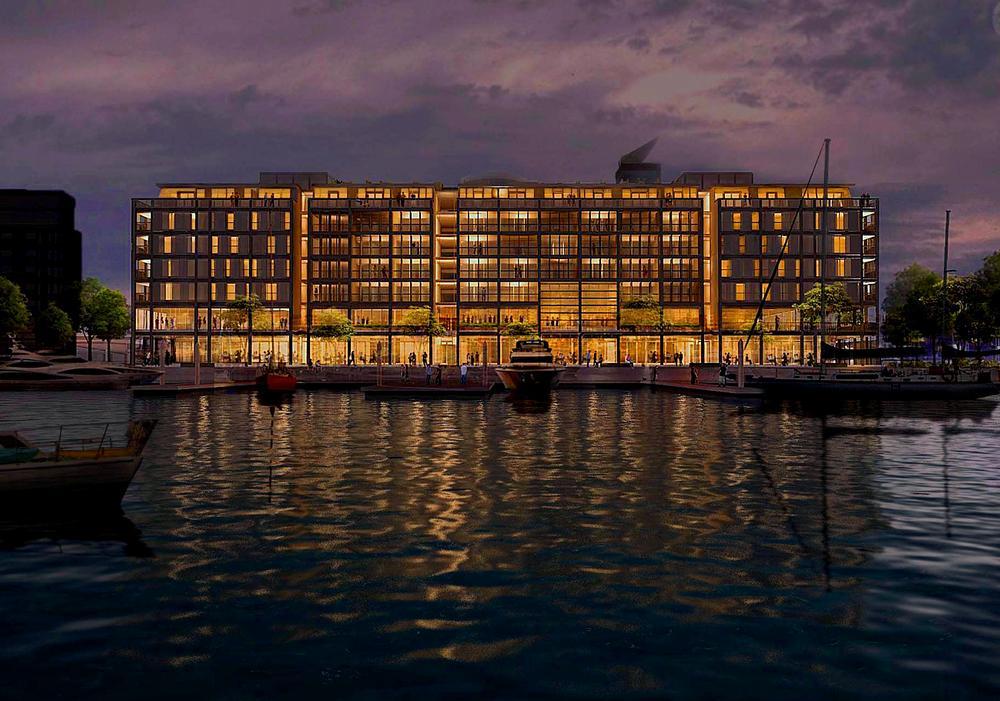
Turkish restaurant Ruya has just opened in Dubai. What were the inspirations for this project?
We’ve worked with the owner, Umut Özkanca, for years, so we know him well. This has been a dream of his for a long time. The idea was to create an upmarket platform for Anatolian cuisine; to interpret the food in a contemporary way.
Özkanca wanted to work with a non-Turkish designer, because he wanted us to interpret Turkish and Anatolian heritage in a way that was right for the international market. For us it was about looking at that incredibly rich history, about picking up on the materiality and the crafts of the region. We designed tiles that were influenced by traditional Byzantine patterns and used traditional Turkish Marmara marble.
One of the key things about Turkey is the hospitality; it’s a very welcoming country and we wanted that to be reflected in the design. We have a big oven in the centre of the restaurant for bread, and an open kitchen and open bar, so that you’re always engaging with the people making your food.
What else are you working on?
We’re working on the renovation of a small boutique hotel in Prague called Hotel Maximilian. It’s a very challenging project, very design-led, with a fantastic client, the Ploberger family. We’ve been inspired by the pastel colours of Prague’s architecture – we’re bringing in beautiful muted colours throughout the hotel. The mock up room for that project is currently in progress, and the hotel should open either the end of 2017 or start of 2018.
Do you have a favourite project you’ve worked on?
South Place Hotel in London was the first hotel project I worked on. We were involved in every single aspect of the hotel, from the design and lighting to the uniforms, table tops and artwork, so it felt like a typical German Gesamtkunstwerk. I definitely have a lot of emotional attachment to that project.
What trends or themes are you seeing in hotel design?
There are lots of debates around the integration of work and leisure in hotels at the moment. That crossover is really interesting, because so many people still work while they’re on holiday, or they are on a business trip but still want to explore the area. Many hotels ask for a residential feel, but guests still want to feel looked after, so that’s a challenge.
Which hotels do you love?
I really like Das Stue in Berlin, which was designed by Patricia Urquiola. It’s in the former Royal Danish embassy, which is a beautiful building. It feels homely and comfortable, while being very sophisticated.
I also love the Parker Palm Springs in California. It has a unique voice and you probably either love it or hate it, but it does what it does incredibly well. It’s very playful, and there are lots of things to discover there.
Which architects do you admire?
David Adjaye was my tutor at the Royal College of Art in London. I like his work and I learned a lot from him. He was always talking to us about materiality and purpose in designing and that’s stuck with me – the idea that architecture needs to speak for itself. I don’t think David Adjaye follows trends; his architecture has its own kind of language and I’ve always admired that.
I am also a huge fan of mid-century modern architecture, particularly on the US West Coast – architects like Richard Neutra, William F Cody and Albert Frey really inspire me.
German Gymnasium Conrad and Partners Tina Norden Sir Terrence Conrad architecture designGerman Gymnasium wins plaudits for architecture and accessibility at Blue Badge Style Awards
London's hottest restaurant opening of 2015: the German Gymnasium by Conran and D&D
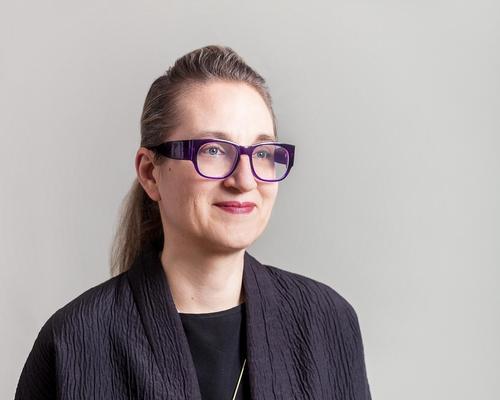
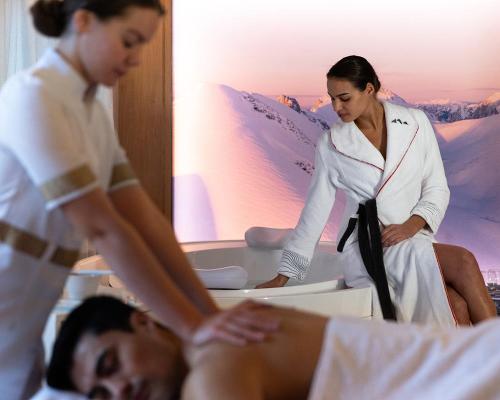
Europe's premier Evian Spa unveiled at Hôtel Royal in France
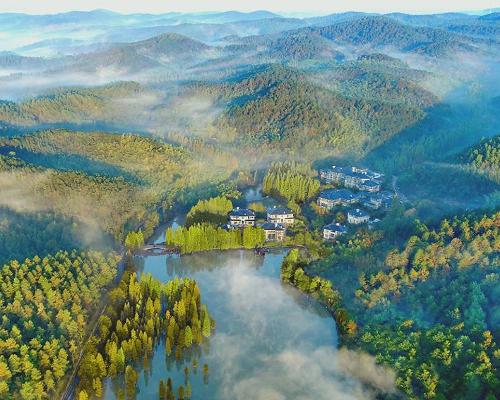
Clinique La Prairie unveils health resort in China after two-year project
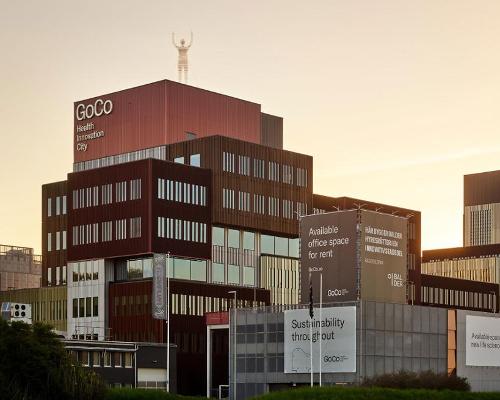
GoCo Health Innovation City in Sweden plans to lead the world in delivering wellness and new science
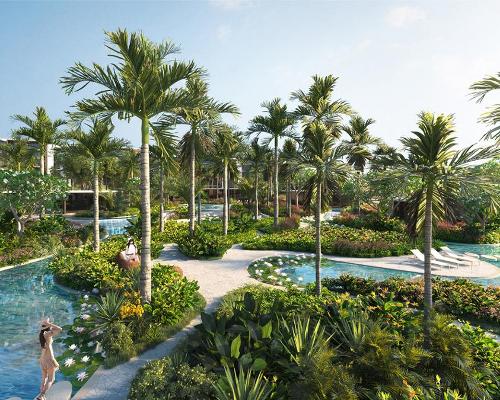
Four Seasons announces luxury wellness resort and residences at Amaala
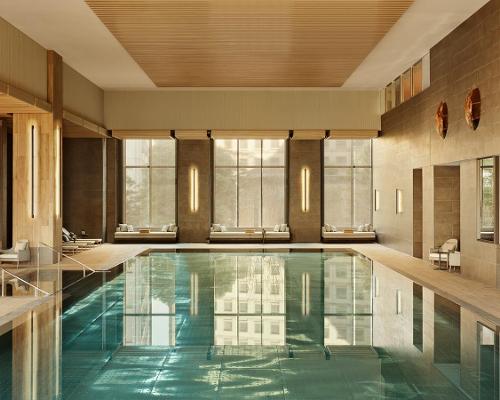
Aman sister brand Janu debuts in Tokyo with four-floor urban wellness retreat
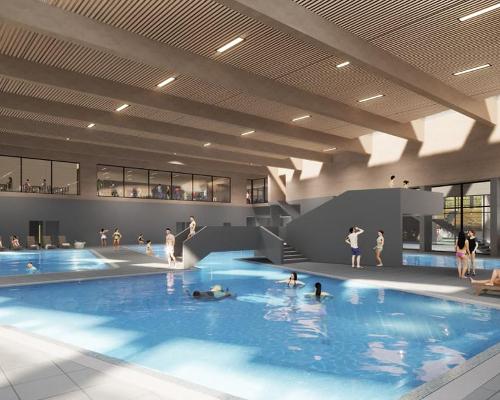
€38m geothermal spa and leisure centre to revitalise Croatian city of Bjelovar
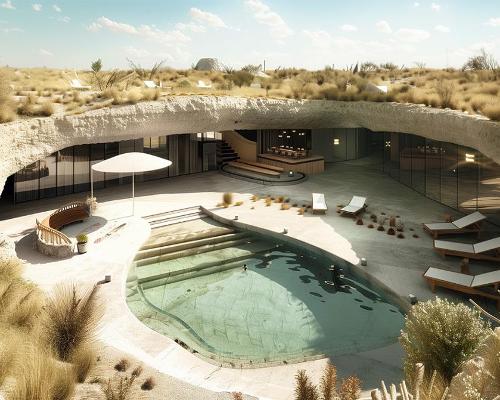
Two Santani eco-friendly wellness resorts coming to Oman, partnered with Omran Group
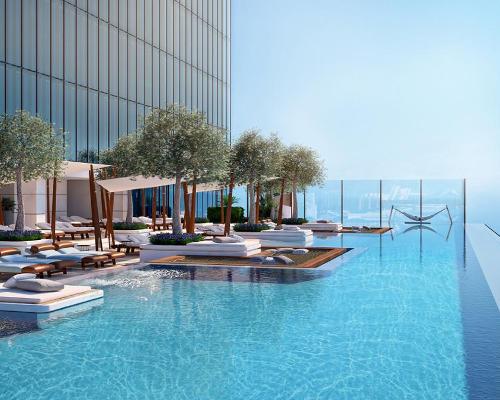
Kerzner shows confidence in its Siro wellness hotel concept, revealing plans to open 100

Ritz-Carlton, Portland unveils skyline spa inspired by unfolding petals of a rose
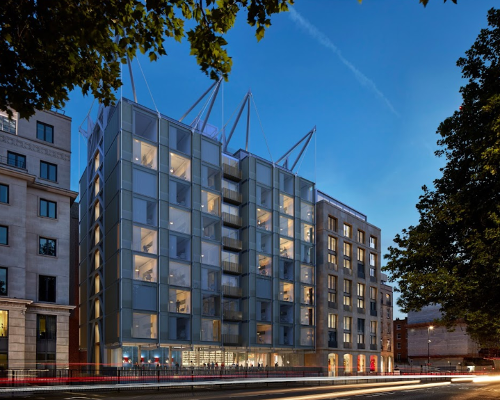
Rogers Stirk Harbour & Partners are just one of the names behind The Emory hotel London and Surrenne private members club
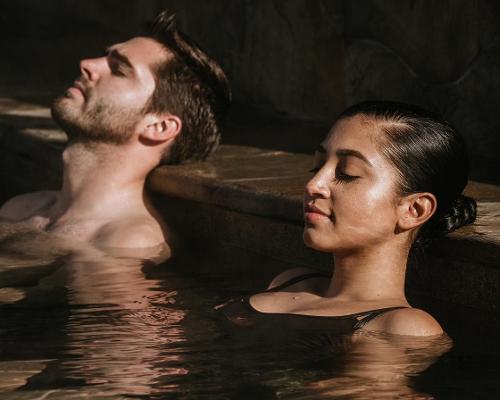
Peninsula Hot Springs unveils AUS$11.7m sister site in Australian outback
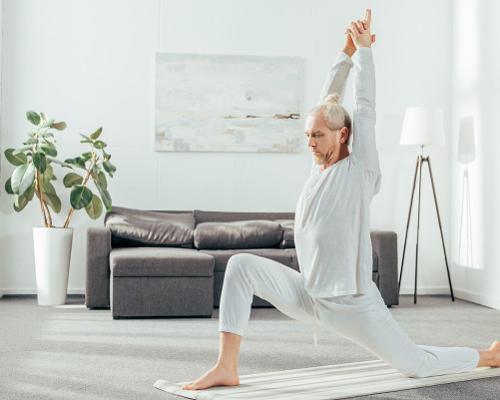
IWBI creates WELL for residential programme to inspire healthy living environments
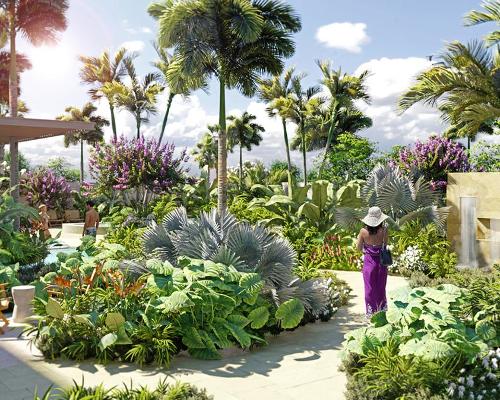
Conrad Orlando unveils water-inspired spa oasis amid billion-dollar Evermore Resort complex
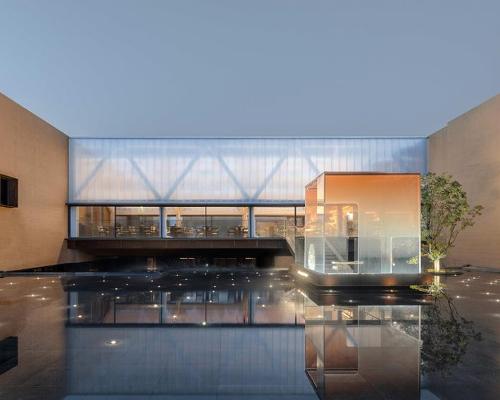
Studio A+ realises striking urban hot springs retreat in China's Shanxi Province
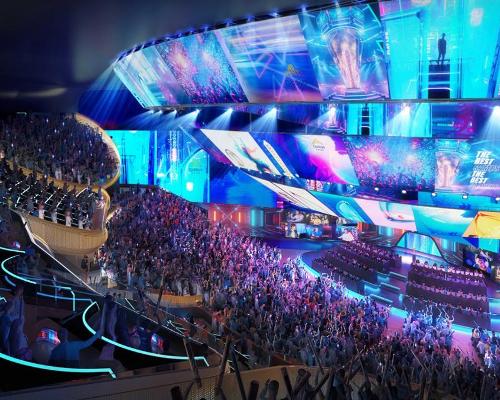
Populous reveals plans for major e-sports arena in Saudi Arabia

Wake The Tiger launches new 1,000sq m expansion
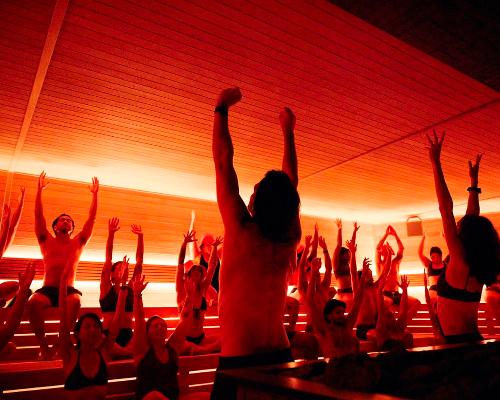
Othership CEO envisions its urban bathhouses in every city in North America
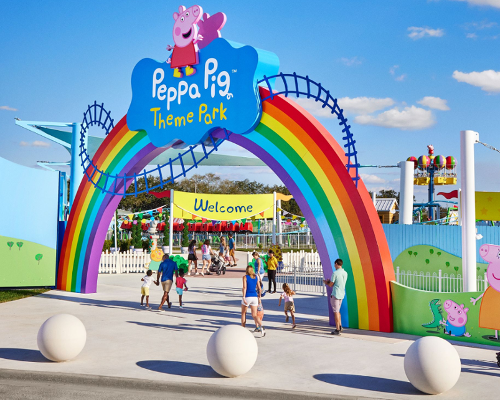
Merlin teams up with Hasbro and Lego to create Peppa Pig experiences
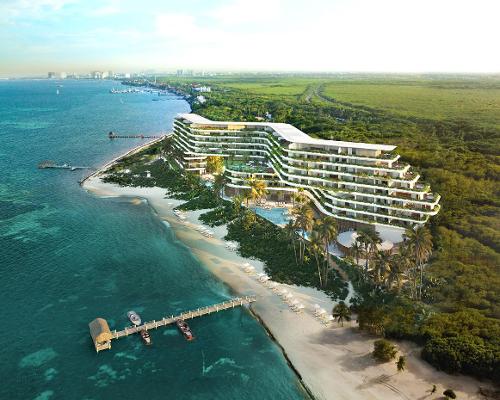
SHA Wellness unveils highly-anticipated Mexico outpost
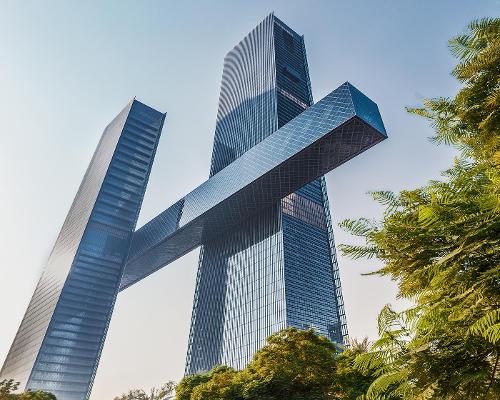
One&Only One Za’abeel opens in Dubai featuring striking design by Nikken Sekkei
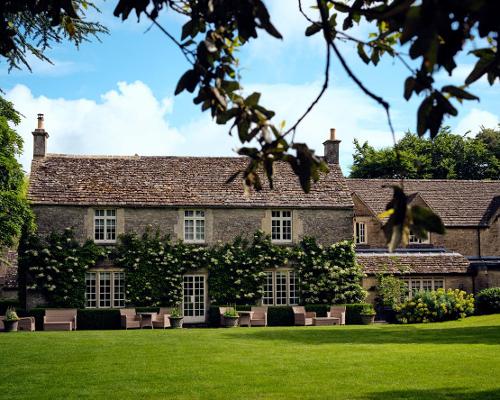
Luxury spa hotel, Calcot Manor, creates new Grain Store health club
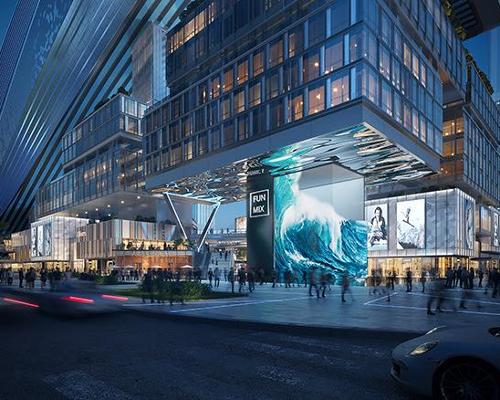
'World's largest' indoor ski centre by 10 Design slated to open in 2025
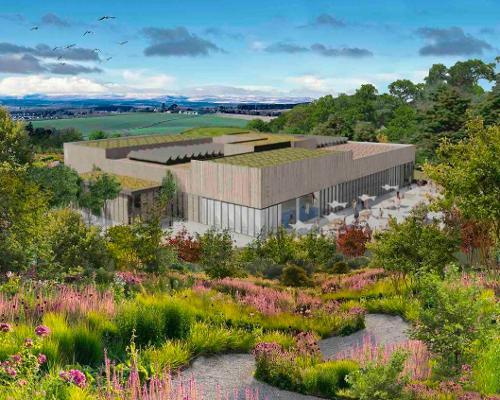
Murrayshall Country Estate awarded planning permission for multi-million-pound spa and leisure centre
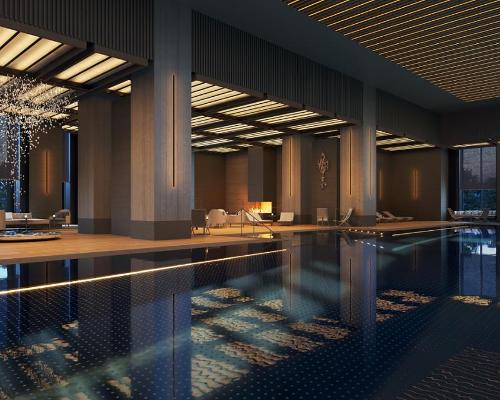
Aman's Janu hotel by Pelli Clarke & Partners will have 4,000sq m of wellness space
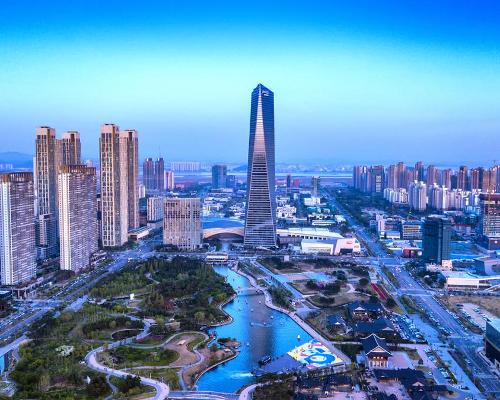
Therme Group confirms Incheon Golden Harbor location for South Korean wellbeing resort
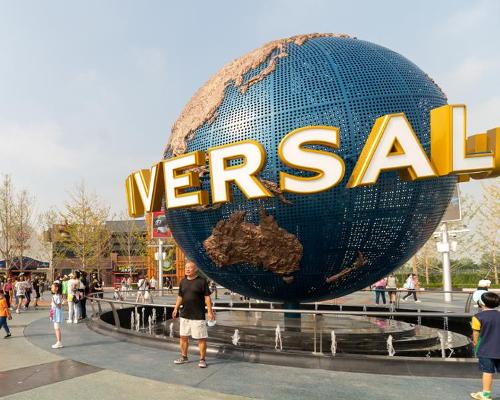
Universal Studios eyes the UK for first European resort
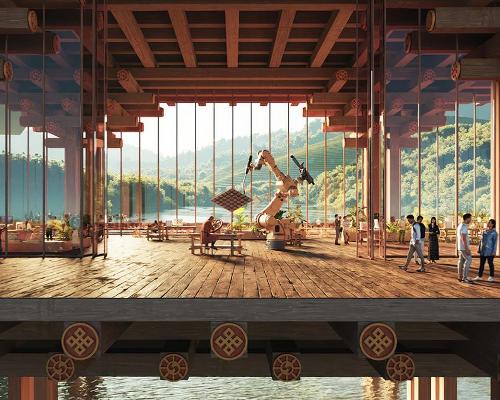
King of Bhutan unveils masterplan for Mindfulness City, designed by BIG, Arup and Cistri
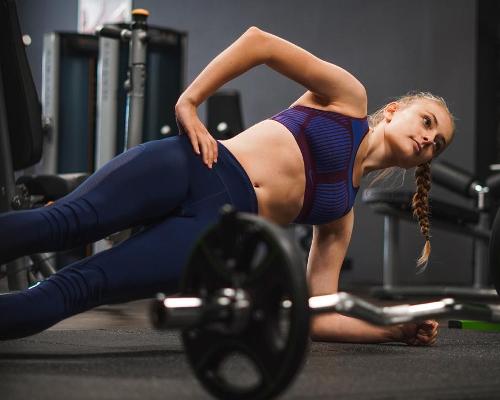
Rural locations are the next frontier for expansion for the health club sector
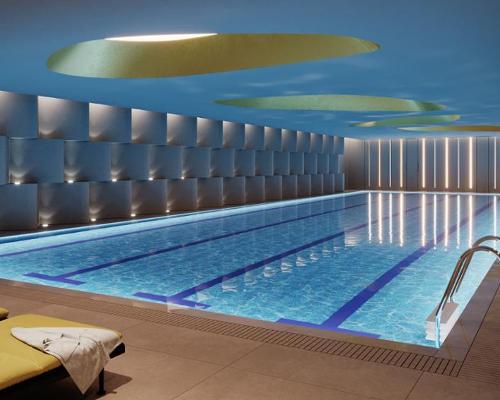
Tonik Associates designs new suburban model for high-end Third Space health and wellness club
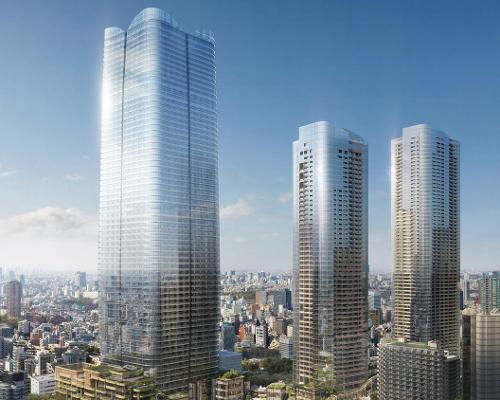
Aman sister brand Janu launching in Tokyo in 2024 with design by Denniston's Jean-Michel Gathy
Why shouldn’t sports facilities be beautiful? Across Asia, architects are creating landmark buildings for the public, discovers Christopher de Wolf



